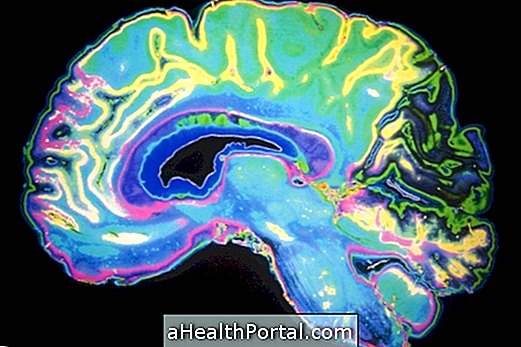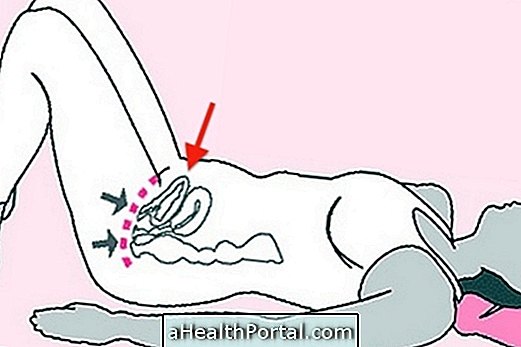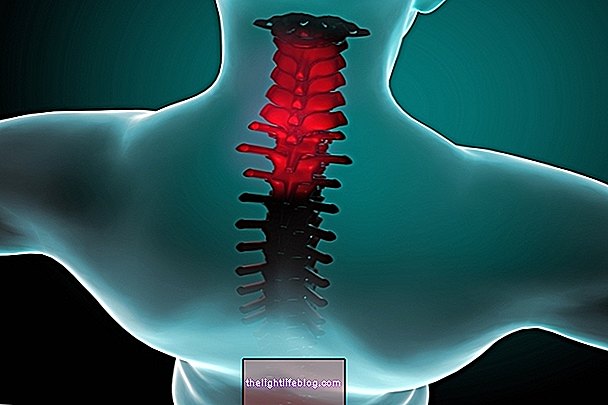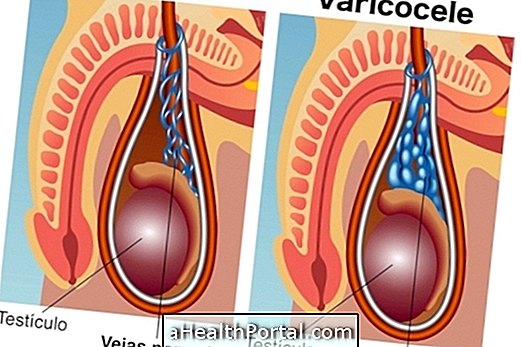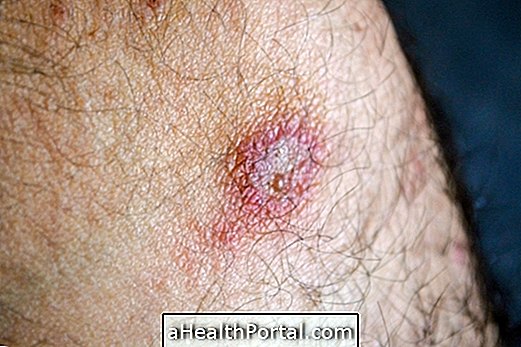Neuropathic pain is a type of pain that results from an injury to the nervous system, and can be caused by infections such as herpes or diseases such as diabetes, for example, or resulting from a dysfunction of the nervous system. In addition, pain may be accompanied by edema and sweating, changes in local blood flow or by changes in tissues such as atrophy or osteoporosis.
This specific type of pain is caused when a "short-circuit" changes the nervous signals that are then abnormally interpreted in the brain, which can cause burning sensation and other extremely painful sensations, with neuropathic pain being classified as one of the main types of chronic pain . Learn what is a chronic pain and major types.
This disease does not respond very well to the usual treatments for pain, being necessary to resort to analgesics of central action, anticonvulsivantes or antidepressivos.

What are the symptoms
Neuropathic pain is an intense pain in the nerves of the body that can be accompanied by burning, needles, shocks and hypersensitivity to the touch, and may be accompanied by tingling or numbness of the region of the body whose nervous pathway is compromised. However, more than one nerve may be involved, leading to generalized pain, which can affect the trunk, legs and arms.
Pain may also be accompanied by exaggerated sensitivity to stimuli that usually do not cause pain, such as contact with clothing or other objects, and may persist even after removing the painful stimulus.
The pain can be intermittent or continuous and its intensity can be light to very intense, depending on the cause and the nerves that are involved.
Causes of neuropathic pain
Neuropathic pain can be caused by several factors such as:
- Alcoholism or nutritional deficiency, which affect nerve function significantly;
- Diabetes mellitus, which mainly affects the limbs, causing peripheral diabetic neuropathy;
- Problems in facial nerves;
- Thyroid problems;
- Infections by bacteria or viruses, such as syphilis, herpes or AIDS for example, which can affect the nerves by releasing toxins;
- Trauma in the spinal cord, caused by accidents, fractures or surgeries;
- Amputation of a limb, in which there is pain referred to the missing limb, known as phantom limb pain.
In addition, chemotherapy and diseases such as multiple myeloma and multiple sclerosis may also trigger neuropathic pain. Learn more about multiple sclerosis.
How is the diagnosis made?
The symptoms help to distinguish neuropathic pain from other types of pain, but are not sufficient to confirm the diagnosis. Thus, it is very important to talk to the doctor, who can ask you some questions about how the pain is, when it occurs and with what intensity, and perform a physical evaluation or neuromuscular examinations, in order to determine which neurological regions are affected.
What treatment?
Neuropathic pain usually has a cure but, if it is not possible, there are treatments that can help relieve the suffering caused by the disease. Treatment depends on the disease that causes neuropathic pain, and consists of treating that disease or nerve, and relieving pain.
For this, anticonvulsive drugs, such as Carbamazepine, Gabapentin or Pregabalin may be used, for example, which act by reducing the electrical activity of the nerves or inhibiting the passage of pain by certain nerve pathways, central acting analgesics such as Tramadol and Tapentadol, which calms the pain and reduces the electrical activity of the nerves, or even antidepressants like Amitriptyline and Nortriptyline, which in addition to relieve pain, also act in depression, very common in people with chronic pain.
Physical therapy, occupational therapy, and the use of electrical and thermal stimuli can also improve physical function and help the person gain functionality. In more severe cases of neuropathic pain, surgery may be necessary.

